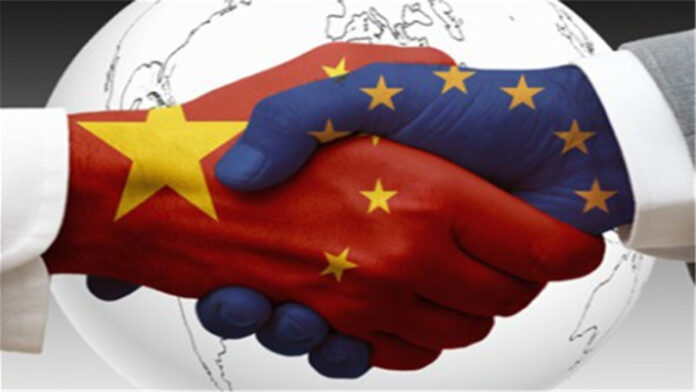
China-EU economic and trade cooperation is the cornerstone of the comprehensive strategic partnership between China and the European Economic Community, which was formally established in 1975. Over the years, China-EU economic and trade cooperation has been closer and tighter with the growing bilateral trade volume, playing the role of ballast and stabilizer for the stable development of China-EU relations.
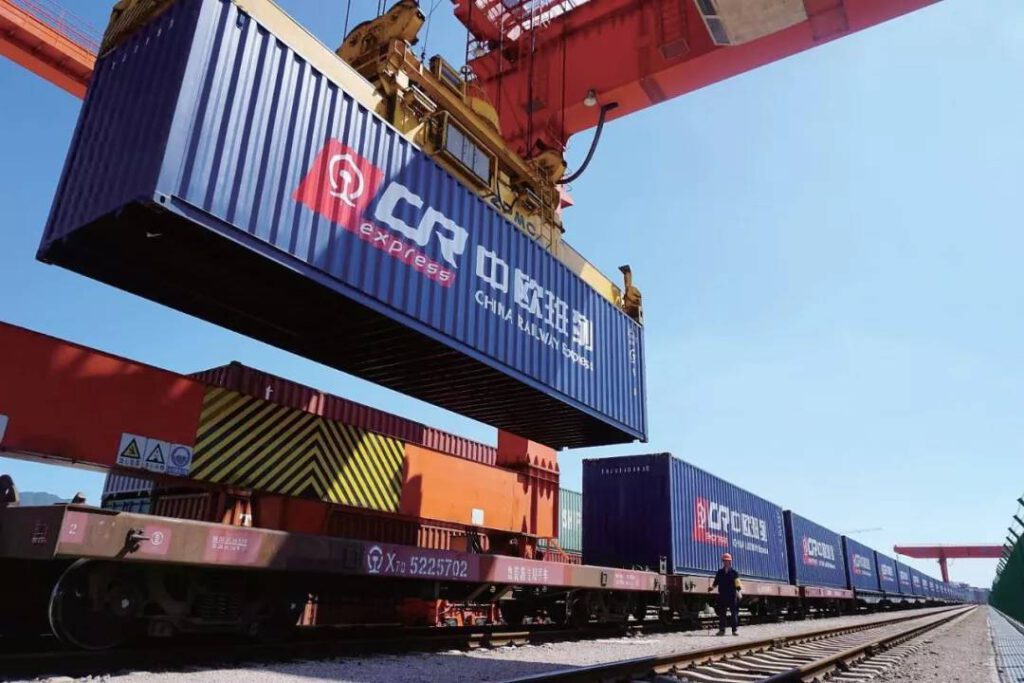
Looking back at the history of the past half-century, bilateral trade between China and Europe can be divided into three stages: 1975 to the beginning of this century was the initial stage. In 1978, the Sino-European Mixed Economic and Trade Commission was established, and in 1985, the Sino-European Trade and Economic Co-Cooperation Agreement was signed, laying the legal foundation for mutually beneficial cooperation.
The period from 2001 to 2009 was a period of high growth. After negotiations with the US and the EU, China joined the World Trade Organization in 2001 and started to fully integrate into the global market, and China’s foreign trade developed rapidly. The EU became China’s top trading partner in 2004 and maintained this position for 15 years until 2019 when ASEAN replaced the EU as China’s top trading partner due to factors such as the UK’s departure from the EU and the boom in trade in the Asian region.
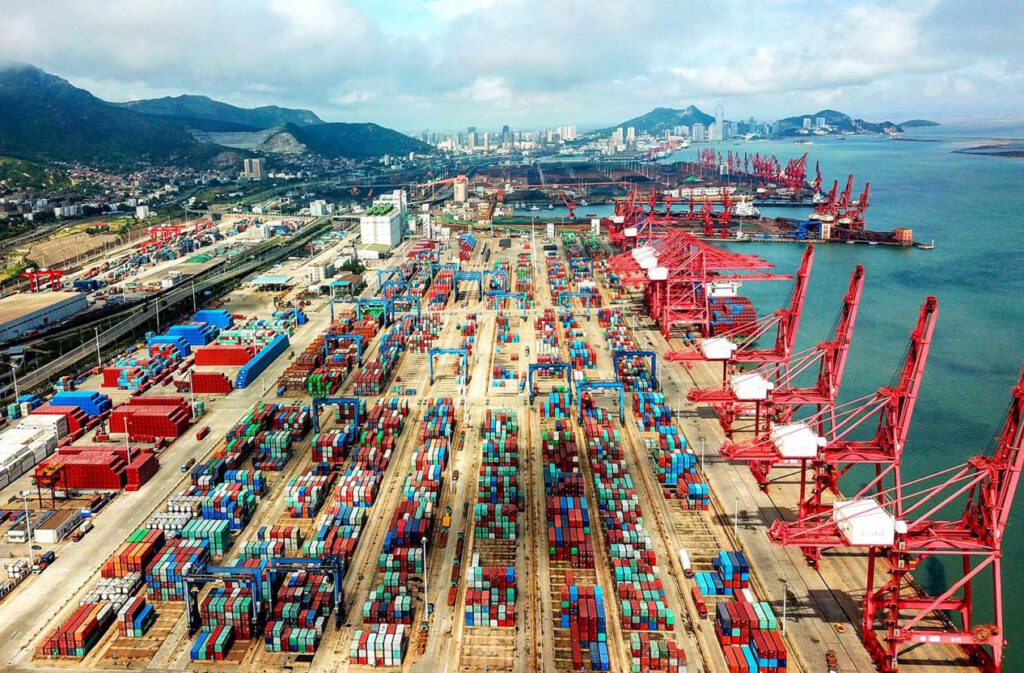
The period from 2010 to the present is a period of stable growth, and China-EU trade has continued to grow steadily despite multiple difficulties after the outbreak of the European debt crisis in 2009, forming a new pattern of value chain integration. With China’s rising position in the global industrial chain and supply chain, both China and Europe have concentrated their imports and exports on middle and high-end manufactured goods such as machinery and equipment, and have been cooperating more with each other, which is reflected in the active intra-industry trade and the high proportion of intermediate goods trade. A large number of Chinese and European enterprises have built a huge and resilient cooperation network within the industry and upstream and downstream industries. Since 2020 China has replaced the United States as the EU’s largest trading partner.
Despite the intertwined and overlapping effects of the epidemic of the century, the Ukraine crisis, and frequent trade wars launched by the United States, China-EU trade remains resilient, with bilateral trade in goods between China and Europe increasing by nearly a quarter in 2022 compared to 2019, the year before the epidemic. This is due to objective factors such as rising energy prices, international freight rates, and soaring inflation in Europe, but is more relevant to China’s full industrial chain advantage.
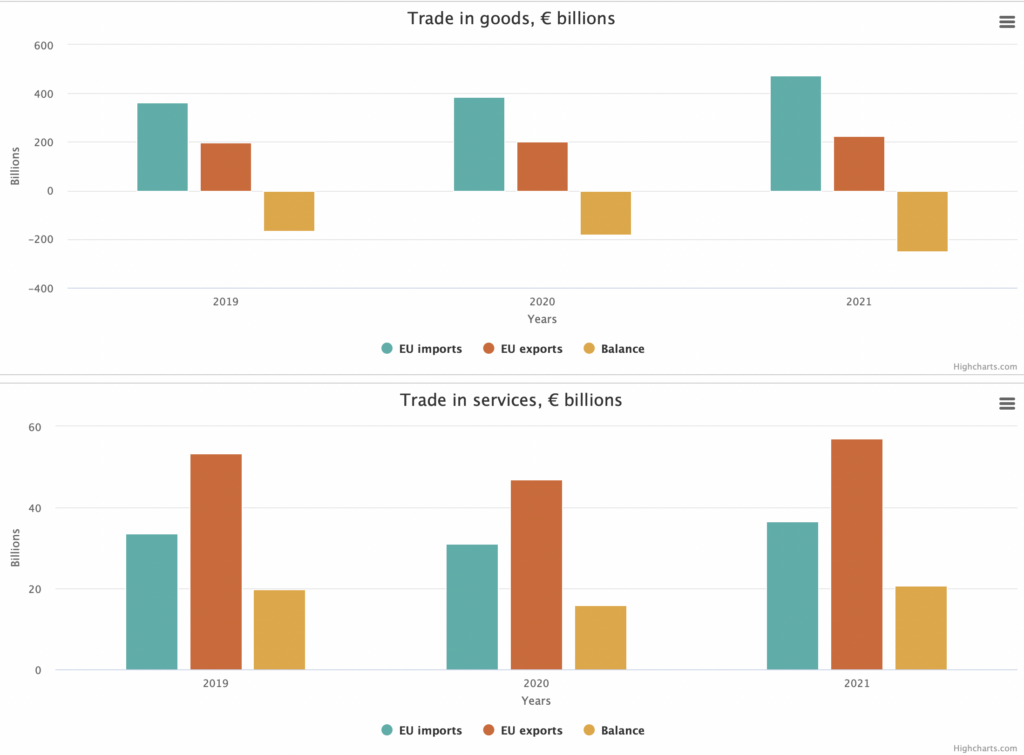
China is the only country in the world that has all the industrial categories in the UN industrial classification and has comprehensive advantages in industrial support, infrastructure, and human resources. Whether Europe is plagued by epidemics, facing gas shortages, or resisting the rapid rise in the cost of living brought about by high inflation, its solutions are inseparable from the option of importing from China. The epidemic prevention materials such as masks, protective clothing, and medicines have helped Europe to survive the hard times, and heating products such as electric heaters, thermals, and electric blankets have become popular for European consumers in winter. In addition, the China Railway Express has grown from 80 trains in 2013 to 16,000 trains in 2022, providing an alternative transportation solution to supply enterprises.
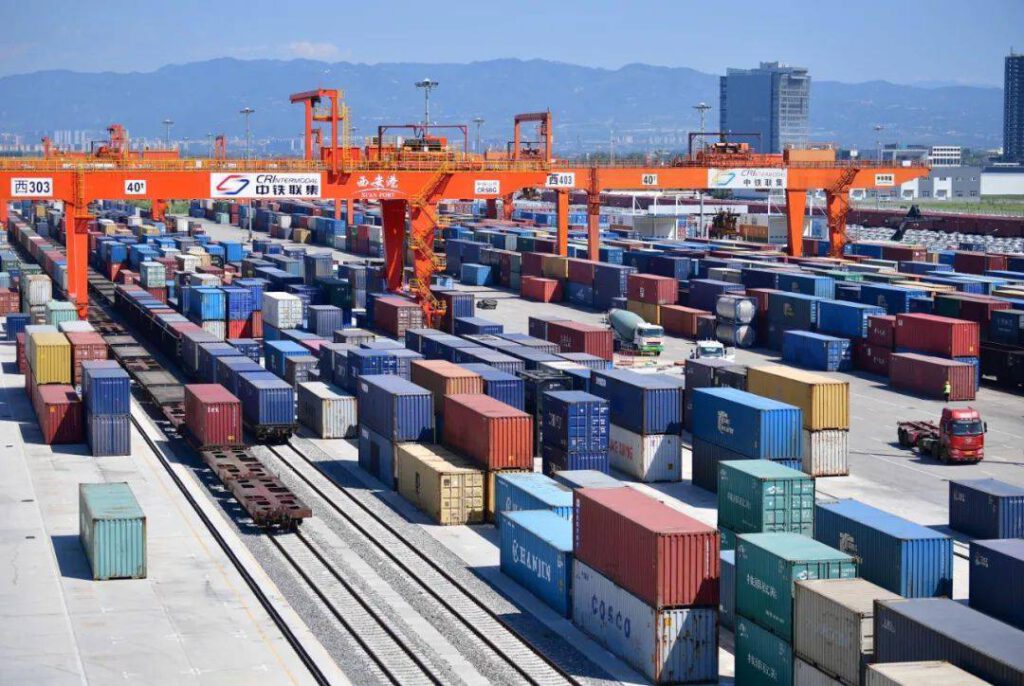
China-Europe trade has remained steady in manufacturing sectors such as automobiles, machine tools and chemicals. Europe remains China’s largest source of technology, and thanks to deep cooperation in the supply chain and industrial chain, Germany and China have become the two countries with the highest value added in creating exports worldwide. German automotive companies such as Volkswagen, BMW and Mercedes-Benz have their largest global markets in China, with their car sales exceeding 30% of their global sales. Only two years after the signing of the China-EU Geographical Indications Agreement came into force, China and Europe have already achieved mutual recognition and protection for 244 products, promoting more convenient access to each other’s markets for high-quality agricultural products from China and Europe and bringing new benefits to the people. In the future, both sides have more room for cooperation in the fields of digital trade and green trade, bringing higher added value to the existing industrial chain network between China and Europe through new technology empowerment and value chain upgrading.
The EU is currently concerned about the rising trade deficit with China, which exceeds €270 billion in 2022, but a large part of it is trade in intermediate goods. At the annual China International Import Expo, 40% of the imported products are European products. European Commission President von der Leyen recently said that the EU is “overly dependent” on China in the field of rare earth, magnesium, lithium and other key raw materials. This is the inevitable and reasonable result of economic globalization. China and Europe should deal with bilateral relations with an open and inclusive mindset, and promote economic and trade cooperation to move steadily and far.
(Sources: China Institute of European Studies, europa)



